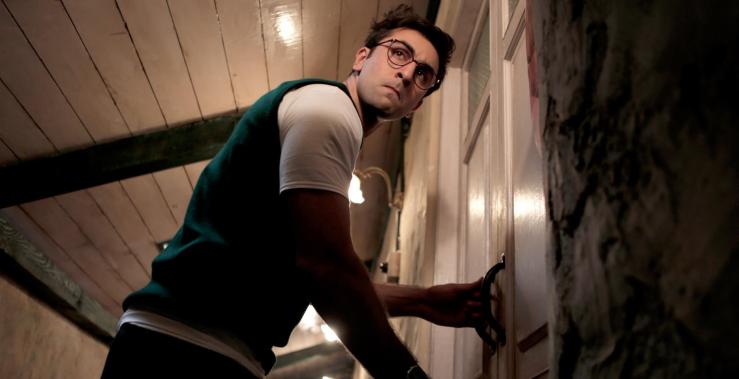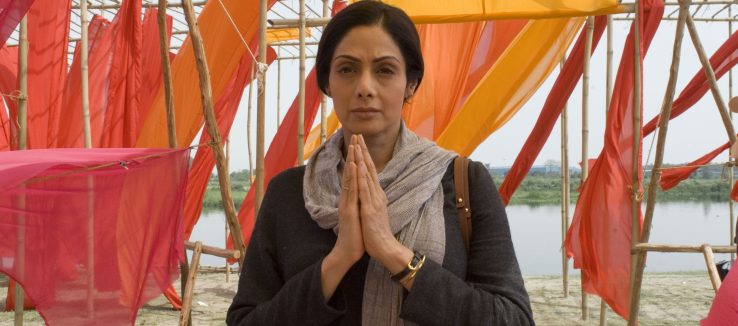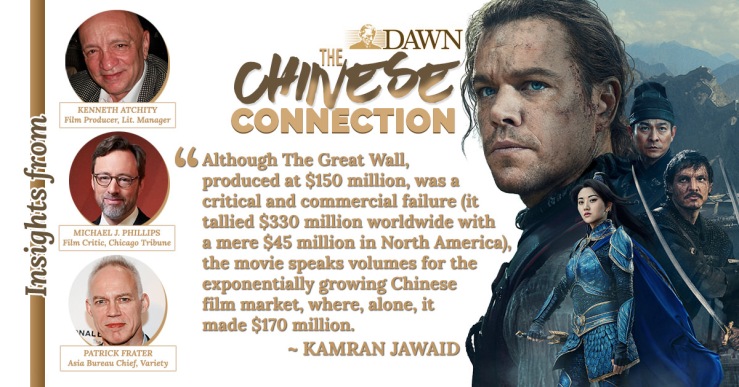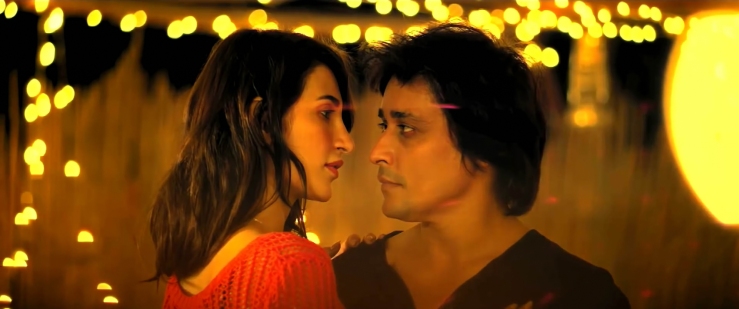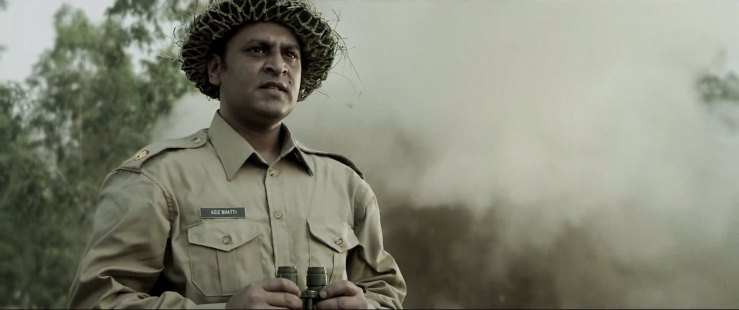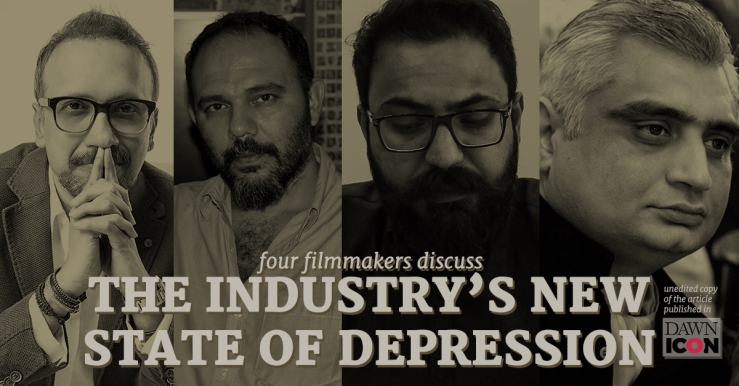
Kamran Jawaid | This is the unedited original copy of the feature published in DAWN’s ICON with the title “Cinema Without Ideas” on the 21st of May 2017. The Dawn copy can be read here and its print copy is attached at the end of the post.
Pakistani cinema is in a state of rut. We push, we pull, we skid-forward a centimeter, if not an inch. We have cinema screens and motion pictures, and we have a working model where films “perceived” to be high-concept – that is, films that give you the best bang for your buck – vie for the most financially lucrative release dates: the two Eids. And yet despite the formula, good motion pictures are as rare as a big-foot sighting.
Like wrongly spotting the abominable beast (often just a bear, or an unshaved hobo living in the forest), the realization of a fake-hurrah at a films premiere gets embarrassing – fast. One sighs, and moves on.
Pakistani Filmmakers share that same awkwardness. They humbly apologize for their blunders, admitting their amateurism and lack of insight right after their film’s first show. Their initial rush of enthusiasm, instantly gunned-down by bad reviews and the audience’s indifference. Forget a five-star rating – at that day, three-stars would do.
Or would it?
The only recurring theme in Pakistani Cinema– other than the superfluity of brands and mediocre plots – is a producer’s state of depression. Today, even blockbusters lose money – and with rare exception, barely breakeven.
Talking to Icon, four filmmakers – Jamshed Mehmood (Jami), Asim Raza, Hassan Waqas Rana, and Hassan Azhar. Each representing an idiosyncratic mindset, discuss cinema’s “new lacks”: the lack of good writers, source materials, big ideas – all while holding on to one’s own identity in the current state of the industry.
Continue reading “Feature | High-Concept Stories, Adaptions and Branding: The Industry’s New State of Depression” →

